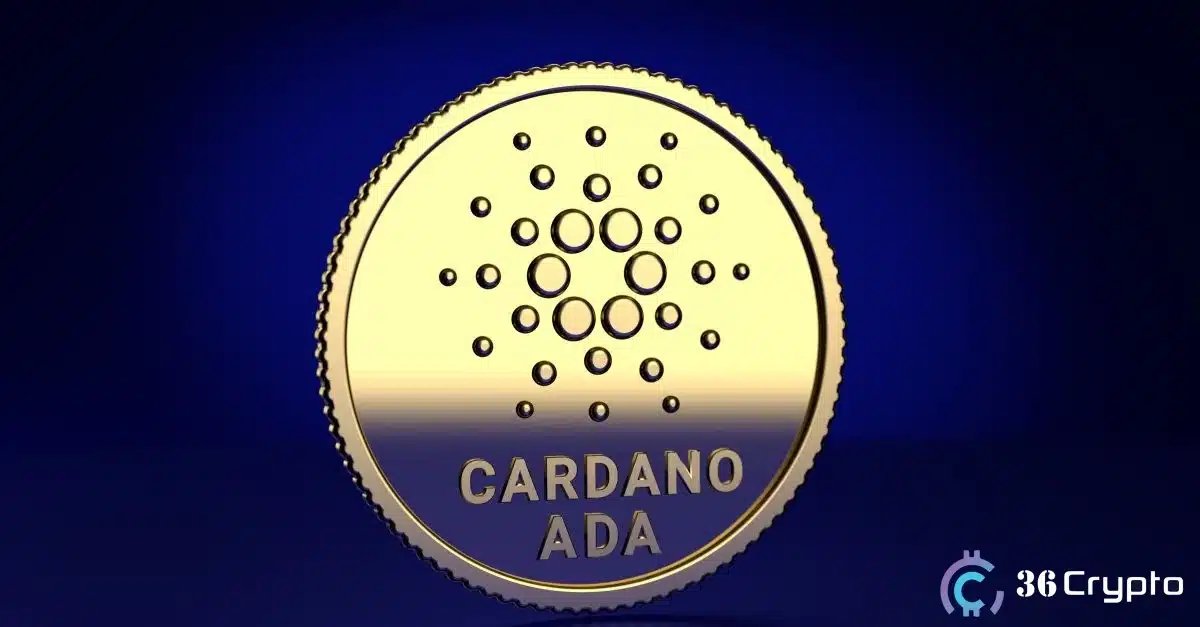Solar Bitcoin mining in Brazil: 3 things to watch for miners

Thopen is exploring ways to monetize excess renewable output by converting surplus solar into on-site Bitcoin computing, a model discussed in a Reuters report on 30 September 2025. The proposal forms part of a broader solar Bitcoin mining pivot intended to limit curtailment and add revenue streams.
What is Thopen Bitcoin strategy and how could it reshape Brazil solar mining?
Thopen is evaluating dedicated mining containers that would absorb curtailed solar output and run Bitcoin rigs when grid demand is low. The approach creates a flexible, modular load that can be switched on as renewable generation peaks, converting otherwise wasted energy into asset-backed income. Operational alignment with grid dispatch and heat-management will determine pilot success.
What did CEO Gustavo Ribeiro tell BNamericas?
Gustavo Ribeiro spoke with BNamericas and framed the plan as pragmatic rather than speculative, noting commercial pilots are under consideration. Ribeiro emphasised regulatory clarity and careful testing before any large capital deployment. Industry experts say pilots typically run 6–12 months to validate curtailment absorption and commercial returns.
Can energy to crypto conversion reduce renewable energy curtailment?
Energy to crypto conversion offers a dispatchable sink for surplus power, potentially lowering forced curtailment rates and improving plant economics. The ability to rapidly ramp computing loads and appropriate tariff design are decisive for net system benefit. Reuters has reported that some projects under discussion in Brazil reach scales of hundreds of megawatts, illustrating the potential size of merchant demand.
How would solar power curtailment solutions compare to stranded gas Bitcoin mining?
Compared with stranded gas Bitcoin mining, solar-linked mining avoids combustion emissions and can be sited beside PV arrays to minimise transmission losses. Solar solutions may face fewer environmental permitting hurdles but still raise grid-stability questions. Regulators will likely evaluate both environmental impacts and system reliability before approving large deployments.
Note: Any pilot or scale deployment will require clear regulatory guidance, transparent reporting and stakeholder engagement to avoid market distortion and local opposition.
How does the hydroelectric bidding process influence deployment timing and market access?
The hydroelectric bidding process and broader auction calendars dictate when capacity can be marketed or curtailed, affecting when mining loads could legally operate. Developers must align proposals with contracting windows, grid interconnection procedures and dispatch rules to avoid penalties. Delays in auctions or changes to market rules can postpone commercial rollouts.
Execution will hinge on auction cycles and regulatory clearance. In brief, Thopen’s proposal could reduce curtailment and create revenue, but material rollout depends on timing, policy decisions and technical integration.
You May Also Like

DeAgentAI releases new white paper, detailing $AIA token economics and staking model

Samson Mow Predicts Bitcoin Adoption by Nation-States Will Enter “Sudden” Phase
